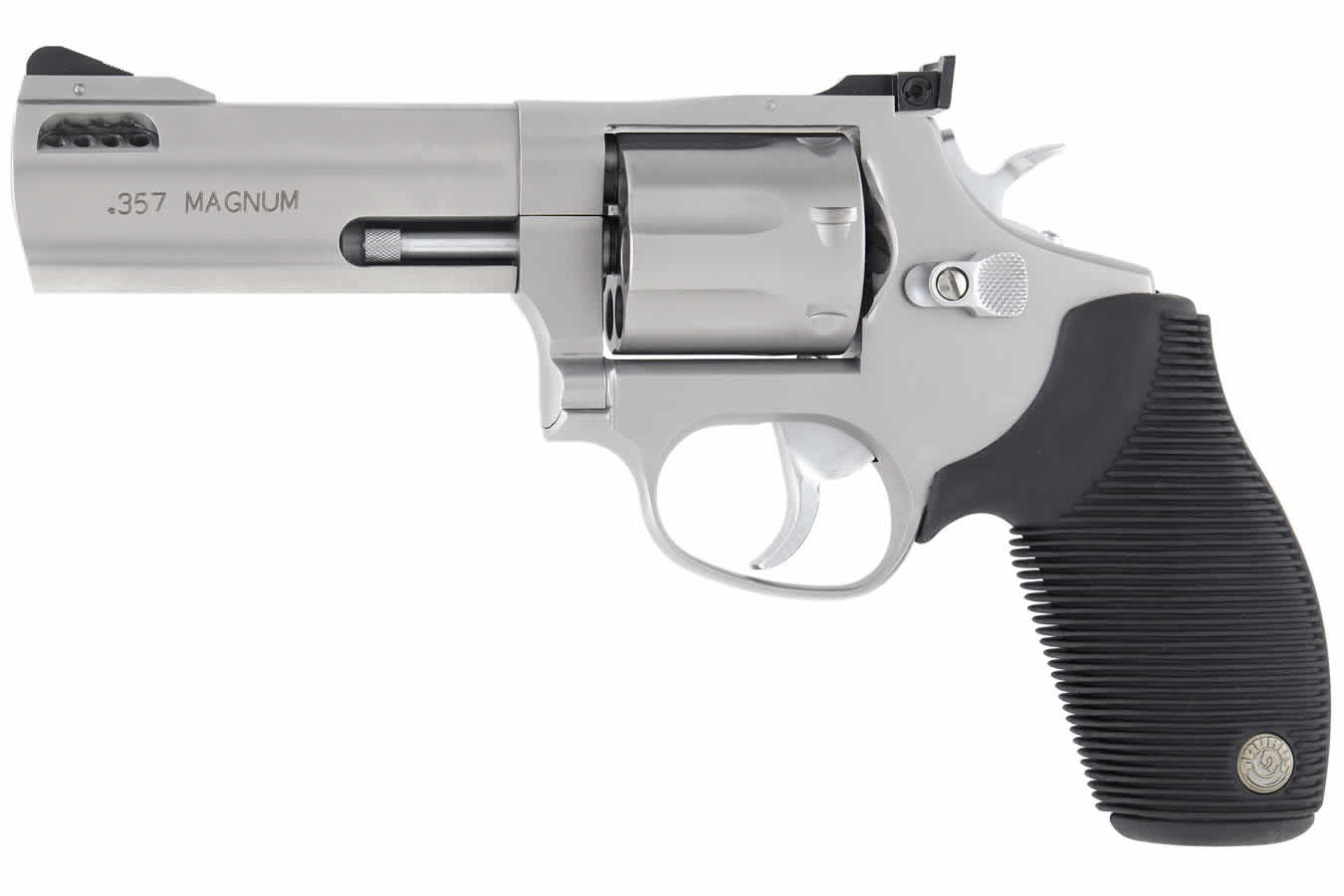I want an EVEN satin look and sharp, crisp letters on the barrel without any bulges around the impressions. It might take an aftermarket bead-blasting or vapor honing job to achieve this. Smith & Wesson has had my desirable letter quality and finish quality on certain models and in certain years over the past. My cheap Model 642-2 in 2020 even has a much nicer finish and impressions quality than this overpriced new-model 686 of mine. The Model 642-2 is a mouse revolver in .38 SPL+P that retails about half of a new 686.
My Colt King Cobra that I bought new in 2020 and dumped on Armslist two months later had perfect letter impressions for barrel markings but a clear chrome-bumper finish that easily scratched and hazed like hell. it was my fault. I should have stayed away from any bright chrome-like finish. A King Cobra is a safe queen, not a carry psitol. The satin finishes are designed to camouflage minor scratches and haze and look much nicer than "chrome" guns with highly visible scratches.
I emailed the following message to Smith & Wesson:
June 5, 2021
Dear Smith:
I picked up a new Model 686-6 revolver yesterday at my local FFL gun shop and purchased online thru Gunbroker.com. It didn't appear to be obviously damaged but when I started examining the gun at home closer under my bright home office lights and with a magnifier, I am disappointed by the lack of quality in the finish as I had expected from Smith & Wesson. Back in 2005, I examined two new Smith stainless revolvers (including a Model 619 and a large-frame model in .41 Magnum) and they had very neat finish and crisp, neat lettering on the barrels.
My new 686 has lettering that looks rough around the edges and a finish on the barrel that looks uneven in shine. The 686 PLUS shown in pictures at Smith's corporate site gives the impression that Smith stainless revolvers have a high level of finish quality and the barrel markings look very clean and neat according to advertised pictures.
For the retail price of this new model gun I expected a much nicer finish on the barrel for my money. I have just registered this new Smith handgun online.
Model 686 PLUS 3" barrel
Serial Number: DNWW9558
Are your new production revolvers roll marked on the barrels? Why did barrel markings look so much neater on production stainless Smith guns circa 2005?
I have attached a copy of my bill of sale and a few photos of my new gun and a photos of this model from your corporate website for comparison.
Sincerely,
Along C. Jones
Smith & Wesson Customer
Here is Smith's comeback to me:
Hello Along,
We would like to thank you for your e-mail and contacting Smith & Wesson / Thompson Center. I have reviewed your photos, and these are in fact roll stamps and they can and do vary slightly. The markings that I saw in the photos are complete with not broken letters, so they are considered to be acceptable. Thank You for choosing Smith & Wesson / Thompson Center products. Have a great day.
Regards, Steve
Roll stamps with rough edges are 'acceptable' to Steve at Smith & Wesson as long as the markings can be read. Yes, the letters are unbroken and I can read them with a magnifier but the appearance is sloppy still. Neatness no longer counts. I can't understand why Smith bothered to make their "econo" revolver, the 642-2, look so nice but fudged in that looks department with a expensive flagship model.


